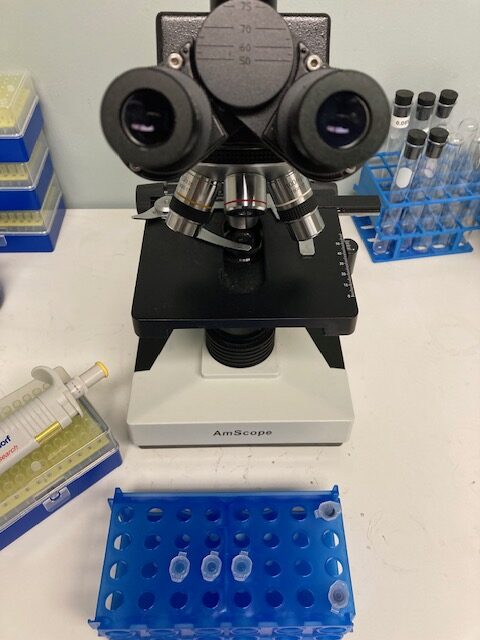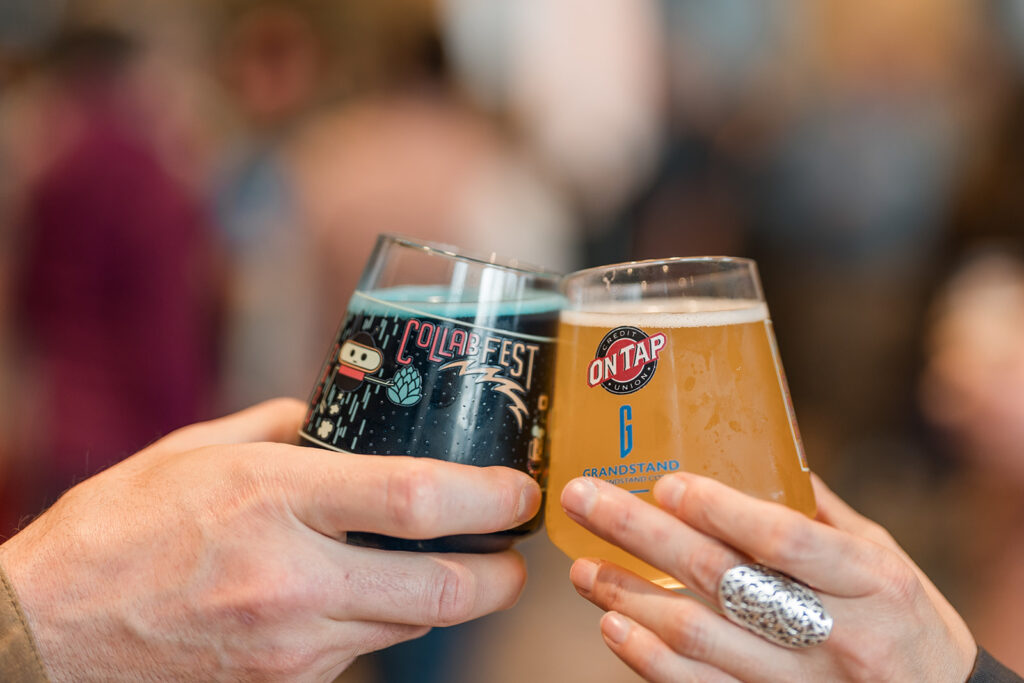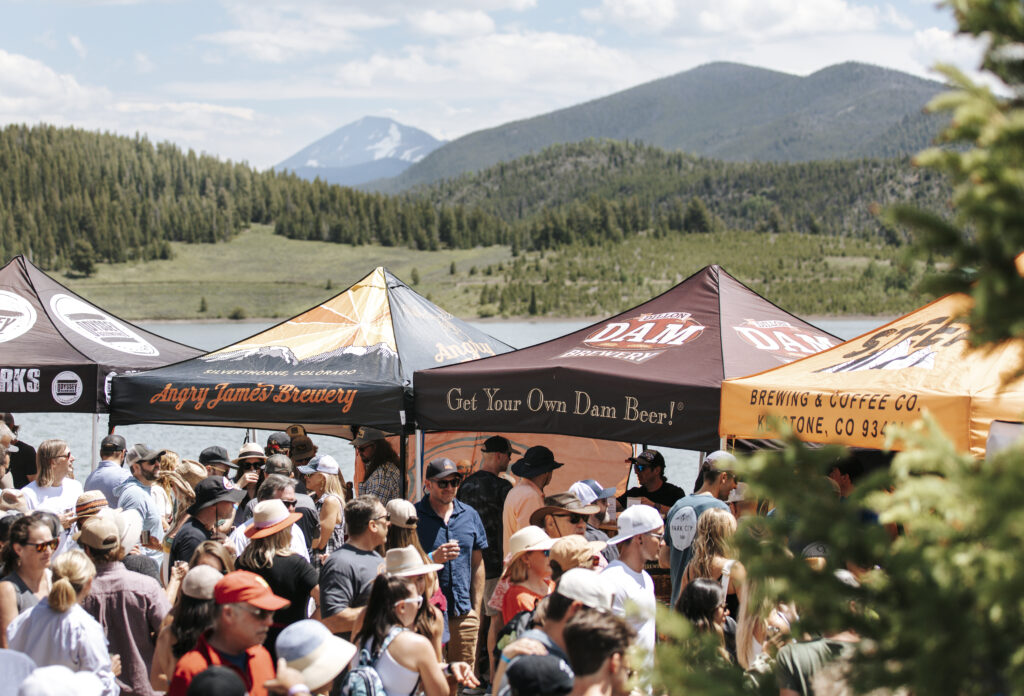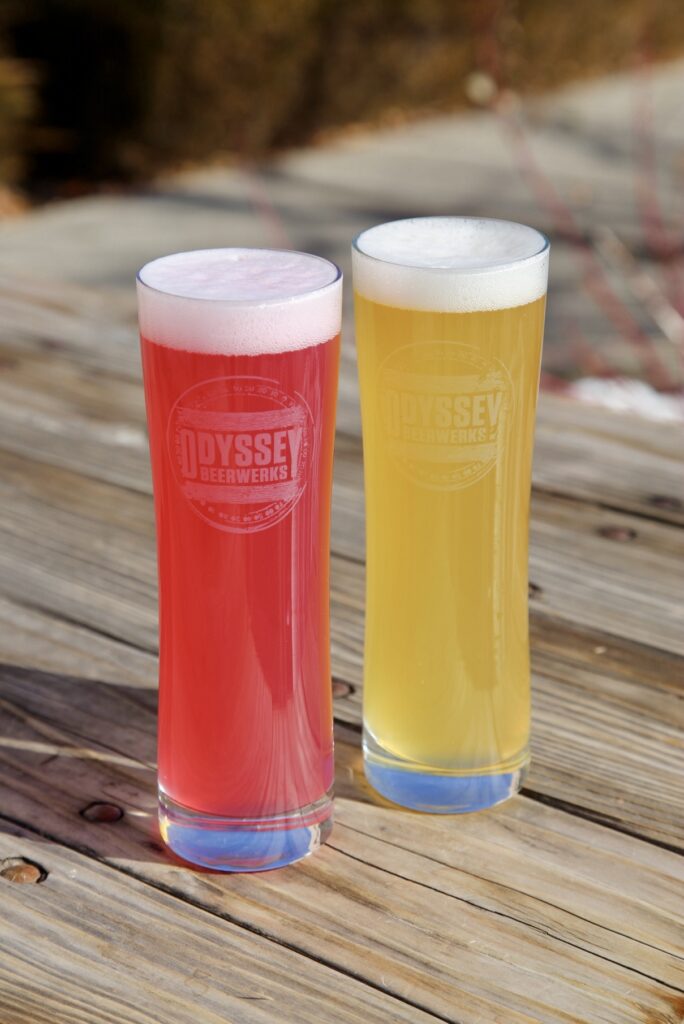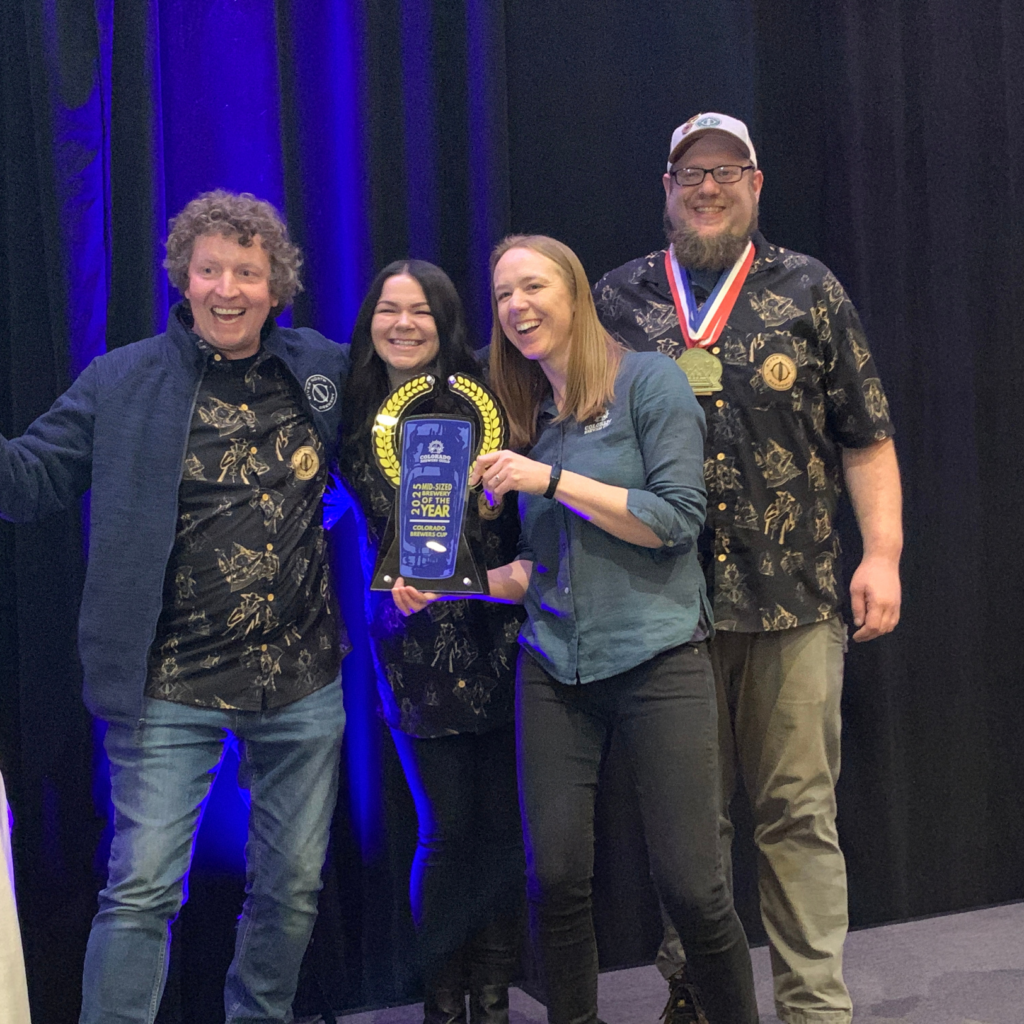Written by: Robert Meehan Ph.D., Head Brewer, Living the Dream Brewing
Introduction:
Science. It can be an overwhelming topic, but it can also be the most powerful tool in your brewery. I argue even more important than your brewing equipment itself. You don’t need years of training or an advanced degree to utilize the scientific method, one only needs to have a curious mind and good note-taking. Once you start viewing your brewery as a continuous experiment, you’ll identify time and money-saving opportunities, improve quality, and make more consistent products. Future posts will delve into more specific aspects, such as designing an experiment, interpreting data, and statistical significance. This article, though, will break down the scientific method; what it is, how to use it, and how to wield it to add the most value to your brewery.
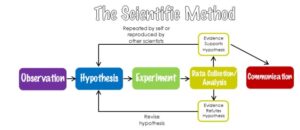
What is the Scientific Method:
In general, the scientific method can be distilled into to four, circular steps, Observation, Hypothesis, Experiment, and Analysis.
Observation is as simple as looking around your brewery and being inquisitive about what you see.
-I wonder what would happen if we decreased our mash time from 60 to 50 minutes?
-Does it take the same time to carbonate at 30℉ versus 32℉?
-Can we alter our dry-hop method and still get the same aroma/flavor?
The questions you pose don’t need to be complex or ground-breaking, you just need to ask them.
A hypothesis is a guess related to your questions. You might think that your mash conversion is complete after 50 minutes, so reducing your mash time by 10 minutes won’t influence your starting gravity. It’s also possible manipulating the time, amount, temperature, or infusion method of your dry hop can get you the same IPA faster or with less hops used. The key is, whether your guess turns out to be right or wrong doesn’t matter. You’re not keeping score, just take a guess and write it down.
The experiment is the set of steps you take to access your question and guess. Next time you brew a beer, mash for 50 minutes instead of 60, it’s that easy. Try setting your brite tank to 30℉ and record how long it takes to carbonate. Make your experiment straightforward and attainable to set yourself up for success. We’re making beer, not splitting the atom.
Analysis goes hand in hand with the experiment. It is assessing what you learn from your experiment and interpreting what that means. It’s important to understand what to look for in your analysis. If you’re testing how long it takes to carbonate at different temperatures, you need to be able to set the tank temperature, measure carbonation, and record how long it took. If you reach the same carbonation level in 5 hours at 30℉ versus 6 hours at 32℉, it suggests that you can carbonate faster if you set your temp a few degrees lower. Determining whether this is worth it is up to you. Saving an hour in carbonation time may seem great but does cooling your tank to a lower temperature strain your glycol chiller too much, or does it take 3 extra hours to reach 30℉ versus 32℉. It’s critical to consider the big picture when analyzing your experiment and whether a change in process is justified.
As was mentioned previously, these are circular steps. Your analysis will lead to new questions, hypotheses, and alterations or improvements in your experiments. These steps don’t necessarily need to be sequential though. You can generate new questions while you experiment or alter your hypothesis during analysis. Let your curiosity and your results direct your process.
The most important thing with using science in your brewery is getting started. Don’t get overwhelmed with perfection. Once you begin the process, you’ll gain more experience asking questions and running experiments. It’s important to remember that any science is better than random action, but well controlled scientific design is what will separate you from the pack. The next blog post will go into more detail on the limitations of experiments and how to collect the most informative data you can, with a focus on variables, constraints, and repeatability. Until then, get started and keep learning.
Explore more technical blog posts here!


